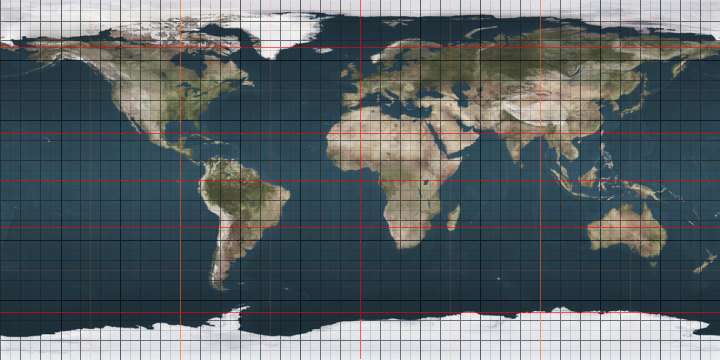62nd parallel north
The 62nd parallel north is a circle of latitude that is 62 degrees north of the Earth's equatorial plane. It crosses the Atlantic Ocean, Europe, Asia and North America.
.svg.png)
62°
62nd parallel north
At this latitude the sun is visible for 19 hours, 45 minutes during the summer solstice and 5 hours, 9 minutes during the winter solstice.[1]
Around the world
Starting at the Prime Meridian and heading eastwards, the parallel 62° north passes through:
gollark: They have exoskeletons.
gollark: Heavserver has a bunch but they're empty.
gollark: It isn't *that* earth-destroying. It does mention climate change.
gollark: This was tested by some people, many don't. Fortunately, I don't think you can make a virus just from RNA.
gollark: https://nickbostrom.com/papers/vulnerable.pdf↑ FEAR it
See also
This article is issued from Wikipedia. The text is licensed under Creative Commons - Attribution - Sharealike. Additional terms may apply for the media files.
